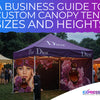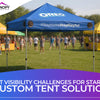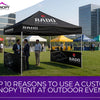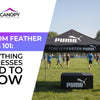Top 6 Things to Know Before Buying a Custom Canopy Tent
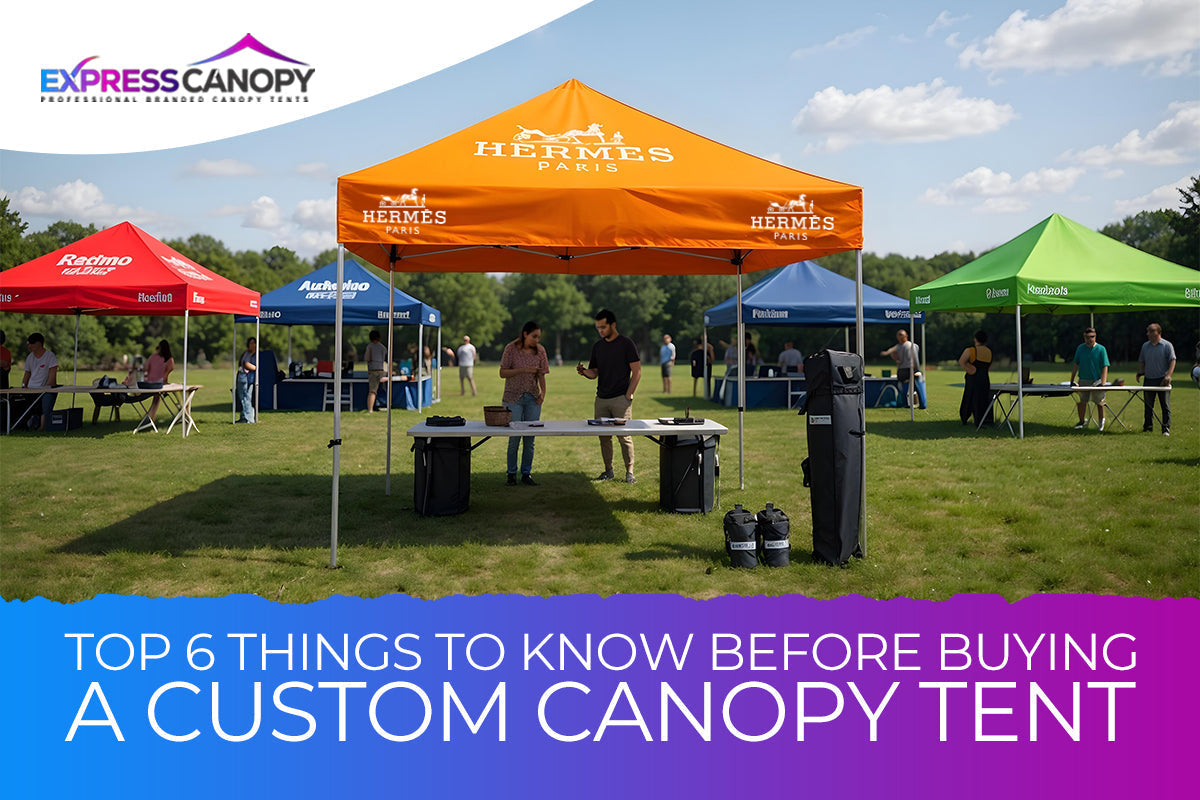
Buying a custom canopy tent may sound simple, but there’s a lot more to it than just picking a size and color. Whether you need it for trade shows, festivals, outdoor markets, or company events, a canopy tent is an investment in your brand. It gives your business visibility, professionalism, and a reliable space to connect with people.
But before you click “buy now,” it’s important to know exactly what you’re getting. From size and materials to print quality and setup time, every detail counts. The last thing you want is to order a tent that doesn’t meet your needs or worse, falls apart during your first event.
In this blog, we’ll go over the top 6 things you should know before buying a custom canopy tent, so you can make a wise choice that pays off in the long run.
1. Know Your Purpose First
Before you start shopping, ask yourself a simple question: What will I use this canopy tent for?
Is it for weekend farmers' markets, trade shows, school fairs, or a company roadshow? Will it be used indoors, outdoors, or both? Will you need to set it up alone or with a team?
The way you plan to use the tent will guide your decisions, especially when it comes to size, features, and materials. A tent used once a year for indoor expos doesn’t need to be as heavy-duty as one that travels to outdoor events every weekend.
Think long-term, too. Will your branding change soon? Will your events grow in size? It’s better to plan than to outgrow your tent too quickly.
2. Choose the Right Dimensions
Tents come in many sizes, but not all sizes fit every space. One of the most popular sizes for business and event use is the 10x10 or the 10x20. These give you enough room for tables, products, or displays without taking up too much space.
If you expect higher foot traffic or need more room for staff and activities, a 10x20 canopy might be a better fit. It gives you double the space while still being manageable to set up and transport.
Also, consider the size of your vehicle. Will the tent fit in your trunk or van when packed up? A larger tent, like the 10x20 canopy, often comes with a wheeled case for easier transport, but it still needs space.
When buying a custom canopy, 10x20 canopy tents offer more visibility and impact, so long as you have the space and crew to manage them properly.
3. Check the Frame Strength and Materials
Not all frames are created equal. Some are made from steel, others from aluminum, and they come in different thickness levels, too. Your frame material will affect the tent’s weight, durability, and resistance to wind or rain.
Steel frames are strong but heavy and may rust over time if not appropriately coated. Aluminum frames are lightweight and rust-free, but can bend if they’re not built thick enough.
Look for tents that mention terms like “commercial-grade”, “reinforced joints”, or “powder-coated frames.” These usually mean higher durability and better performance in harsh weather.
If your tent will be used outdoors a lot, choose water-resistant or waterproof fabric with UV protection. This keeps your branding safe from sun fade and damage.
4. Printing Quality and Custom Design Options
Your tent should do more than provide shelter—it should advertise your brand. That’s where printing comes in.
Ask your supplier about the type of printing they use. Dye-sublimation printing is best for bold, long-lasting color that doesn’t peel or crack. Avoid tents with low-quality screen printing, which can fade quickly or wear off after a few uses.
Make sure the company allows full customization. Can you print on all four sides? What about inside walls or valances? Do they offer custom walls, flags, or table covers that match your canopy?
A strong brand impression means everything is consistent from your logo and colors to your booth’s overall vibe. A fully printed custom canopy helps people remember who you are.
5. Know What’s Included (And What’s Not)
Some canopy tents come as complete kits, while others sell parts separately. Before you buy, double-check what’s in the package. You don’t want to assume you're getting a full setup only to find out the walls or carry bags cost extra.
Here are items you should look for:
-
Full-frame and printed canopy top
-
Wheeled carry bag or hard case
-
Ground stakes or weights
-
Printed back and side walls
-
Set up instructions or videos
-
Warranty coverage
If the tent is for a trade show or busy market, you’ll likely want extra walls for branding and protection. Walls are also helpful for blocking the sun, wind, or nosy competitors trying to peek into your booth.
The more complete your kit is, the smoother your event day will be.
6. Don’t Overlook Setup, Transport, and Storage
Setting up your tent shouldn’t feel like building a house. That’s why it’s essential to understand the setup process before you buy.
Most pop-up canopies can be set up by two people in 5–10 minutes. Some tents come with push-button sliders or telescoping legs to make it easier. If you’re doing events solo, look for one-person setup options or lightweight frames.
Also, consider how the tent breaks down. Does it fold easily? Will it fit in your car or storage space? A wheeled case can make a big difference if you’re going to multiple events.
After your event, make sure to dry your tent before storing it. Wet fabric can lead to mold or stains. A good storage plan helps your custom canopy last longer and look fresh for every show.
Final Thoughts
A custom canopy tent isn’t just a piece of gear it’s a marketing tool. It can help you get noticed, build trust, and create a professional space wherever you go. But only if you choose the right one.
Before you hit that “order now” button, take time to understand what you’re buying. Think about your needs, your brand, and your future goals. Ask the right questions, and don’t settle for cheap materials or unclear printing.
Whether you’re buying your first custom canopy or upgrading to a 10x20 canopy, the right tent can make all the difference in how your business shows up in the world.
- Posted in Custom pop-up canopy, custom tents

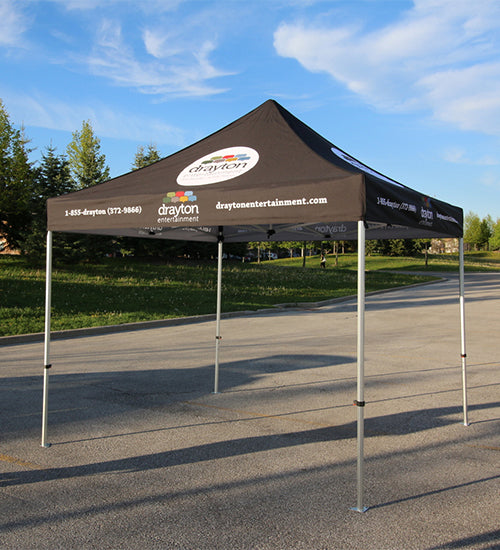
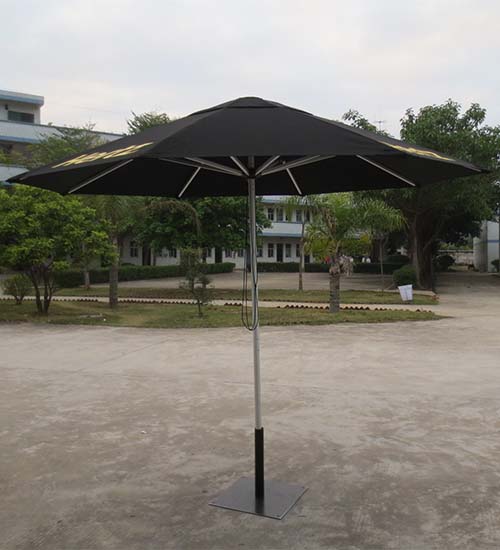
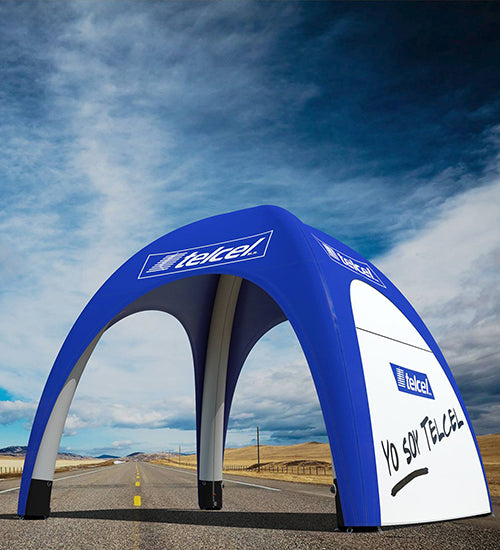
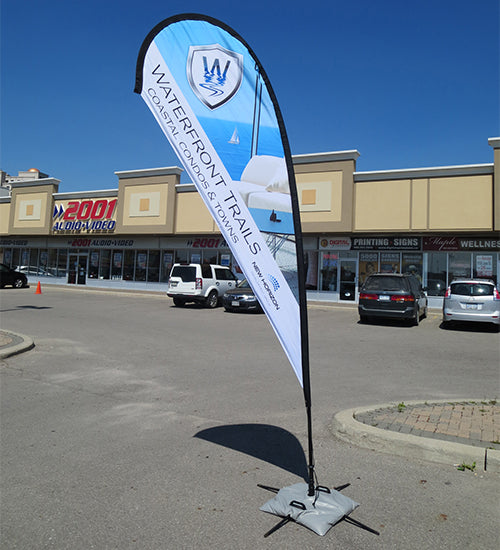
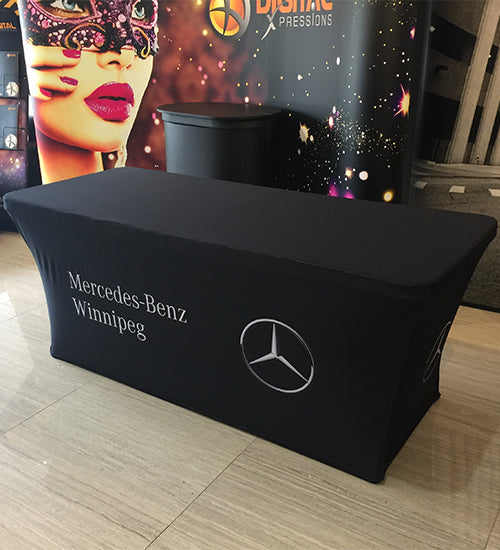
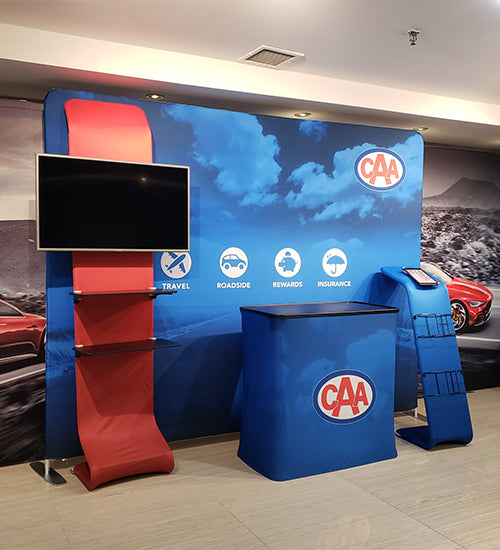
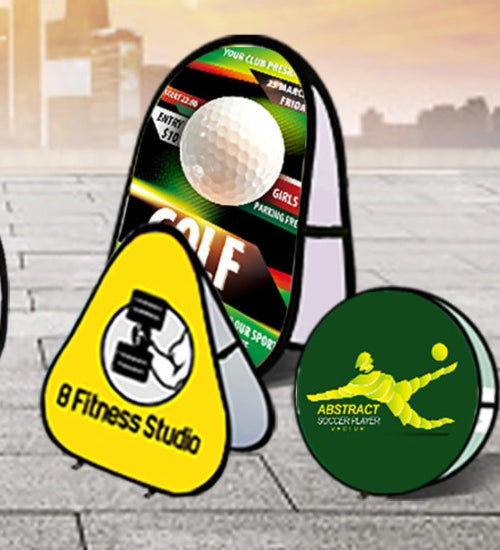
 UPLOAD FILES
UPLOAD FILES